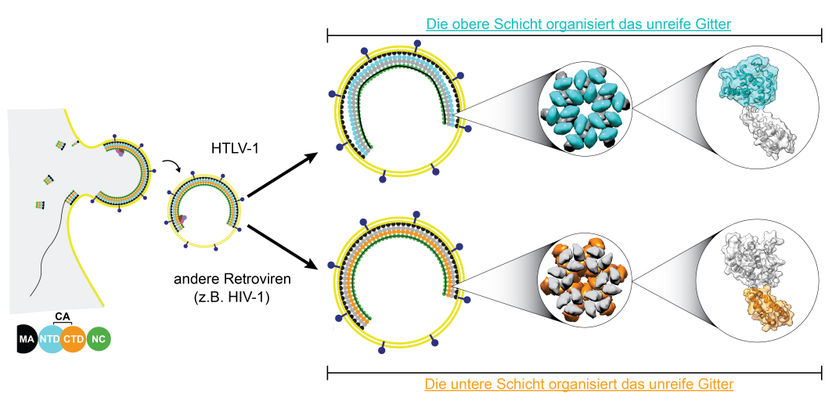Researchers identify a new mode of drug resistance to emerging therapies in prostate cancer
Advanced prostate cancer is a disease notoriously resistant to treatment. New research by scientists at Fred Hutchinson Cancer Research Center and the University of California, San Francisco sheds light on a new mode of drug resistance to emerging therapies in metastatic prostate cancer. This discovery ultimately may help predict which patients may benefit most from treatment.
As one of the most commonly corrupted signaling networks in human cancer, the PI3K-AKT-mTOR pathway is a tempting target for scientists developing new cancer drugs. Many molecules currently in clinical trials have been designed to disrupt aberrations in this cellular activity as a potential treatment, albeit with limited success. In practice, cancer patients are often resistant to these therapies, a class of drugs called mTOR inhibitors.
Now, a new study co-led by Dr. Andrew Hsieh , a cancer biologist and assistant member of the Human Biology Division at Fred Hutch, and Dr. Davide Ruggero of the University of California, San Francisco has identified a mechanism that may help cancer cells escape the effects of these drugs. Specific populations of prostate cancer cells are uniquely resistant to inhibitors of the PI3K pathway.
This alarming population of drug-resistant cells was found to harbor high levels of a protein known as 4EBP1, an important player in protein production. The authors found that high 4EBP1 levels decrease protein synthesis within cancer cells and make them immune to PI3K pathway inhibitors.
When the researchers genetically manipulated these cells to reduce 4EBP1, protein production was restored and the tumor cells once again became sensitive to drug treatment.
"By measuring 4EBP1 and protein-synthesis rates, we can potentially identify tumors that are resistant to PI3K pathway inhibitors," Hsieh said. This could be used to predict which prostate cancer patients might benefit most from this class of drugs and those who should not waste precious time with treatments that are likely to fail.
Using tumor samples from an ongoing clinical trial led by Dr. Won Kim at the University of California, San Francisco that is testing an experimental PI3K pathway inhibitor known as buparlisib, orBKM120, for men with prostate cancer, the researchers saw that 4EBP1 levels jumped in tumors following treatment. Hsieh points to these findings as substantiation of the clinical relevance of their discoveries in the laboratory in mouse models and cancer cell lines.
According to Hsieh, "the next step is to understand how high levels of 4EBP1 and low protein-synthesis rates drive drug resistance," and to develop new treatment strategies that either increase protein production rates to drug-sensitive levels or suppress them to levels intolerable to cancers.
Their findings also add to a growing field of knowledge showing that how cancer cells make proteins -- the cells' building blocks -- matters for disease progression. Until recently, the cancer research community has primarily viewed changes in DNA and RNA as the instigators of human malignancies, while protein production has been seen as a static and subservient process. However, this dogma is steadily changing to encompass a more complex dynamic in cell activities. "Our findings show that the process of making proteins is just as, if not more so, important than changes in DNA and RNA alone in determining the fate of cancer cells," Hsieh said.
These perniciously difficult-to-treat cells studied by Hsieh and Ruggero's labs won't be able to depend on 4EBP1 to evade cancer therapies indefinitely. Hsieh believes that exciting new therapeutics are on the horizon to target this unique form of protein synthesis in cancer. "There are a number of companies and laboratories worldwide, including our own, that are pushing the envelope to develop new strategies to drug this critical cellular process."
Indeed, the findings from these studies aren't just limited to advanced prostate cancer but could point to how targeting aberrant protein synthesis can potentially be a death knell to all tumors that exhibit this once-overlooked process in cancer cell activity.























































